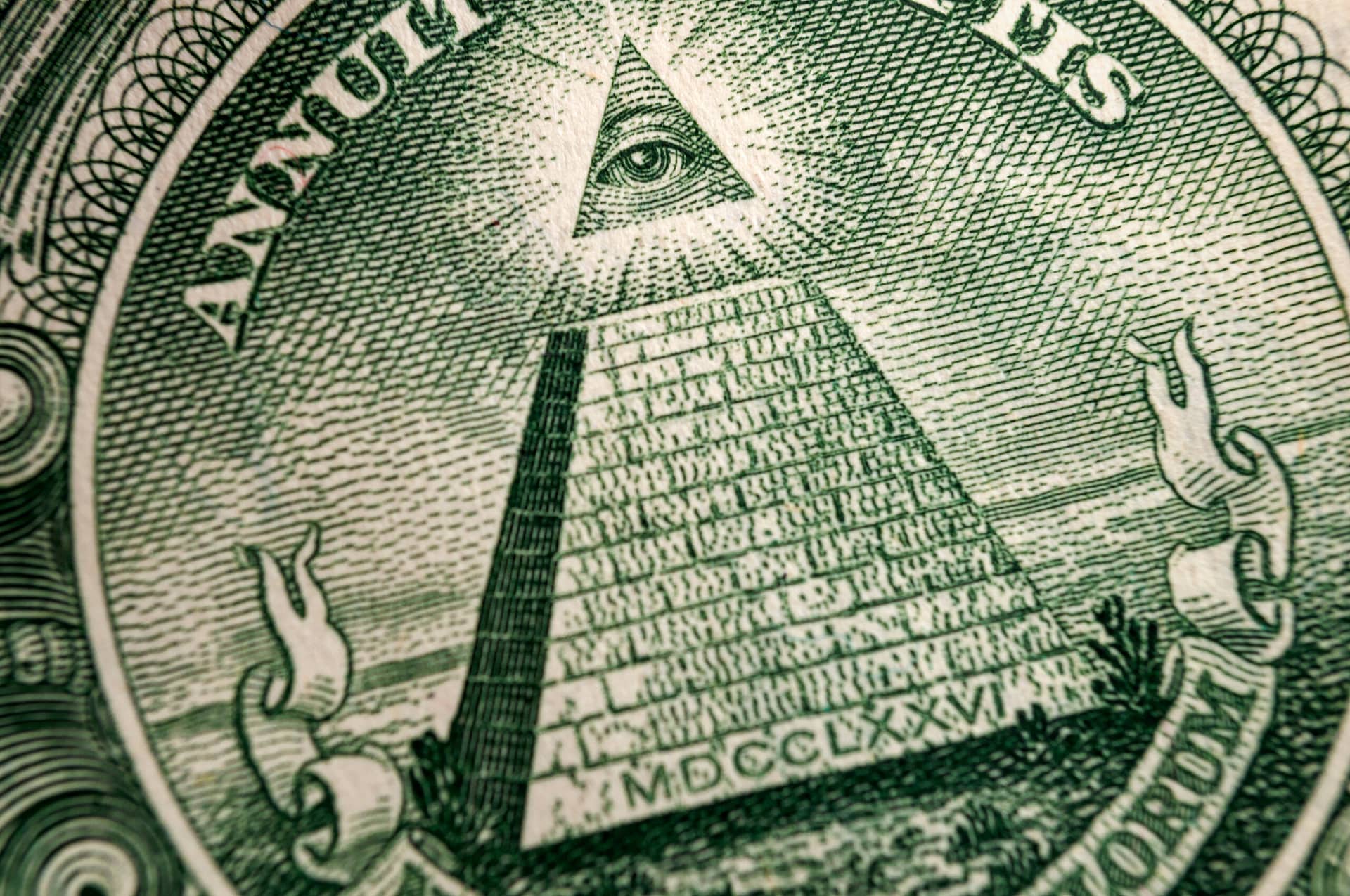Why More People Are Exploring to Join copyright for Influence
Why More People Are Exploring to Join copyright for Influence
Blog Article
Discover the Tricks Behind the copyright and Their Impact on Culture
The copyright, commonly shrouded in misconception and supposition, provides an interesting instance research study of how historical suitables can morph right into contemporary conspiracy concepts. As we explore its origins, influence on revolutionary thought, and portrayal in contemporary culture, we begin to uncover the layers of intrigue that continue to captivate society.
Origins of the copyright
The copyright, commonly shrouded in enigma and speculation, traces its origins back to the late 18th century. Recognized as the Bavarian copyright, the company's main purpose was to respond to the fundamental impact of spiritual dogma and promote intellectual discussion among its members.
The copyright took on an ordered structure, drawing motivation from Freemasonry, which permitted deceptive meetings and rituals - how to become a freemason. Subscription was discerning, incorporating influential figures from different fields, including politics, approach, and science. This elite network looked for to impact social and political adjustment via private ways, supporting for the rights of people and the improvement of culture
Despite its relatively brief presence, the Bavarian copyright was formally dissolved in 1785 as a result of government reductions. Nevertheless, its legacy withstood, generating countless conspiracy theory theories and pop culture referrals that remain to prompt intrigue and discussion concerning its impact on contemporary society.
Key Myths and Misunderstandings
Among the allure of privacy bordering the copyright, many myths and mistaken beliefs have actually emerged, frequently distorting the team's real nature and intentions. One common myth recommends that the copyright controls the globe's federal governments and economies. While it holds true that the team aimed to influence societal structures, the concept that it operates as a cohesive global puppet master is mostly overstated.
An additional common misconception is that all members of the copyright possess vast riches and power. In truth, the initial copyright consisted of intellectuals and Enlightenment thinkers, a number of whom sought reform instead than supremacy. The concept that the copyright exclusively hires celebrities and political figures is misinforming; subscription has historically included a varied array of people.
In addition, conspiracy theories frequently repaint the copyright as an evil-minded company bent on global domination through wicked ways. This representation forgets the team's original goals, which focused on advertising rational thought and combating spiritual fascism. The conflation of the copyright with modern conspiracy theories perpetuates misunderstanding, covering the historic context and development of the group's ideals. Hence, dividing reality from fiction is essential for a clearer understanding of the copyright's function in society.
Historical Impact on Culture
Throughout background, numerous intellectual activities have actually greatly affected societal frameworks, and the copyright played a significant duty during the Knowledge. Established in 1776 in Bavaria, the copyright intended to advertise reason, secularism, and the doubting of established authority, responding to the prominence of spiritual dogma. This organization brought in influential thinkers and supporters of liberty, fostering a setting helpful to the dissemination of Knowledge ideals.
The copyright's principles championed rational idea and empirical evidence, which added to the more comprehensive intellectual landscape that motivated social reform and political adjustment. Participants looked for to Your Domain Name reshape culture by advocating for education and learning, freedom of speech, and the separation of church and state. Their private nature and ambitious agenda sparked both intrigue and suspicion, resulting in their ultimate suppression by the Bavarian government in 1785.
Despite their dissolution, the tradition of the copyright continued, affecting advanced motions across Europe and the Americas. Their commitment to enlightenment concepts helped prepare for contemporary democratic ideals and civils rights, leaving a long-term imprint on the structures of contemporary society. how to become a freemason. The allure of their secretive celebrations and philosophical searches remains to captivate the creativity, underscoring their historic importance
Modern Interpretations and Beliefs
Contemporary analyses of the copyright usually mix historic fact with conspiracy theory concepts, creating a complex tapestry of beliefs that record preferred imagination. While the initial copyright was a Bavarian secret culture started in 1776 with Enlightenment ideals, modern-day beliefs have evolved to include a large range of analyses, usually concentrating on motifs of control and secrecy.

Moreover, some contemporary interpretations posit that the copyright works as an allegory for the struggle in between enlightenment and ignorance, with advocates promoting understanding and crucial reasoning as a way to combat regarded fascism. This duality-- seeing the copyright as both a literal and symbolic entity-- highlights the ongoing attraction with the principle, reflecting deeper societal stress and anxieties concerning power, transparency, and specific autonomy in the contemporary globe.
The copyright in Pop Culture
The copyright has actually infiltrated different aspects of prominent culture, materializing this contact form in literary works, movie, songs, go to the website and art as an icon of intrigue and mystery. This secret culture, commonly portrayed as a shadowy pressure controling global occasions, has influenced countless stories that explore styles of power, conspiracy theory, and hidden expertise.

Songs, also, has been influenced by the principle of the copyright. Musicians like Jay-Z and Beyoncé have actually faced speculation concerning their associations with the society, prompting conversations regarding symbolism in their job and the nature of fame.
Aesthetic art often incorporates copyright concepts, with musicians using symbols like the Eye of Providence and the pyramid to stimulate a feeling of mystery. Through these various mediums, the copyright serves not only as a subject of speculation yet likewise as a lens with which culture analyzes its own intricacies and anxieties.
Final Thought

Report this page